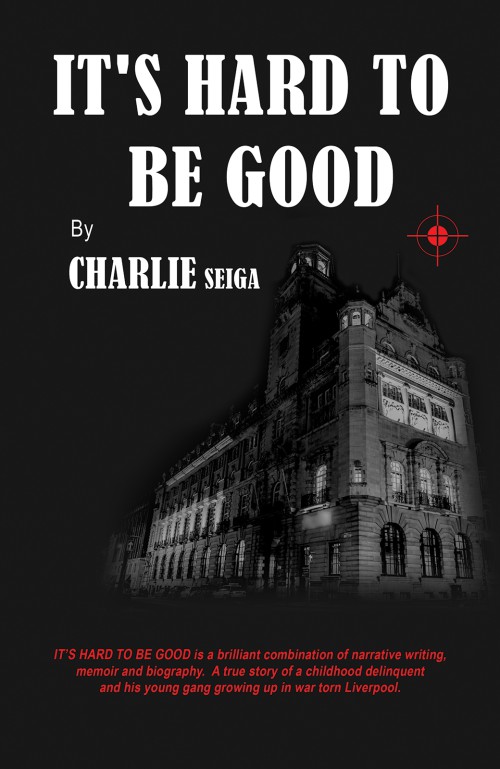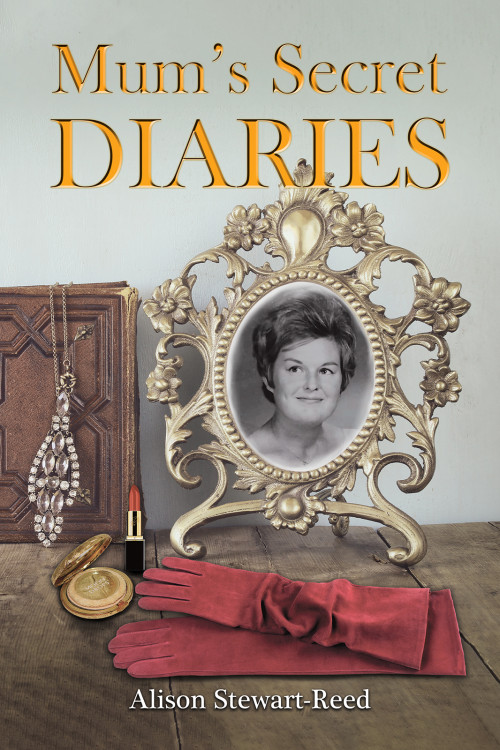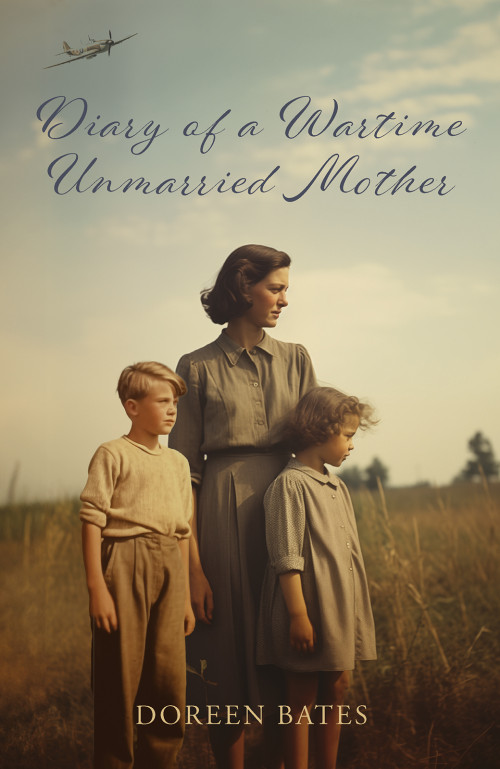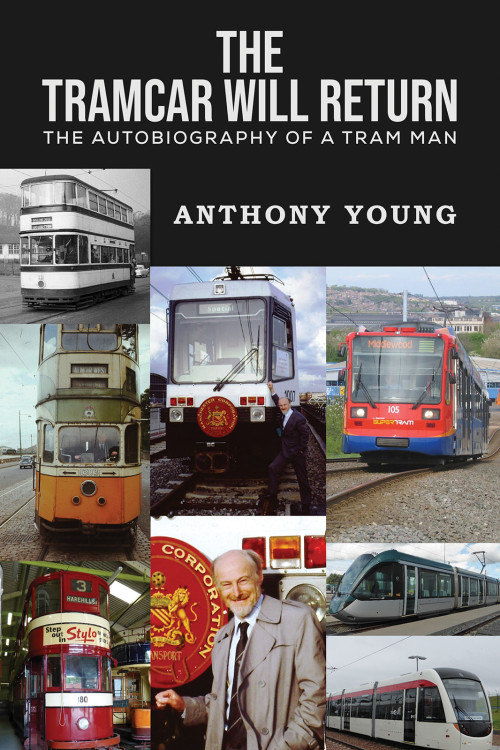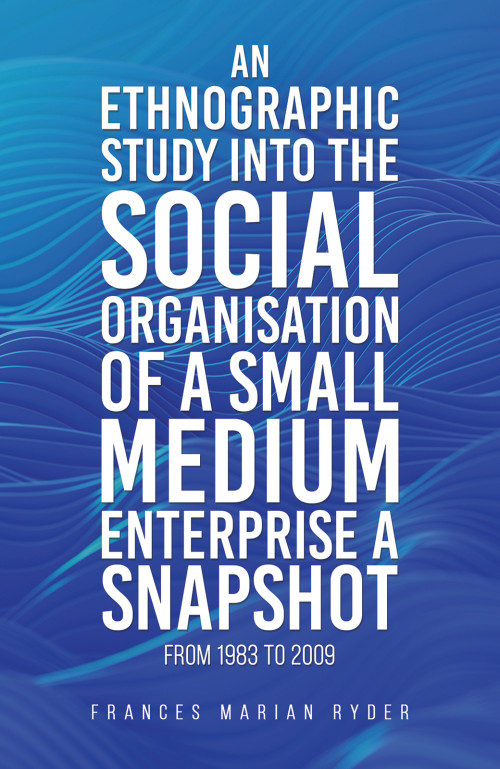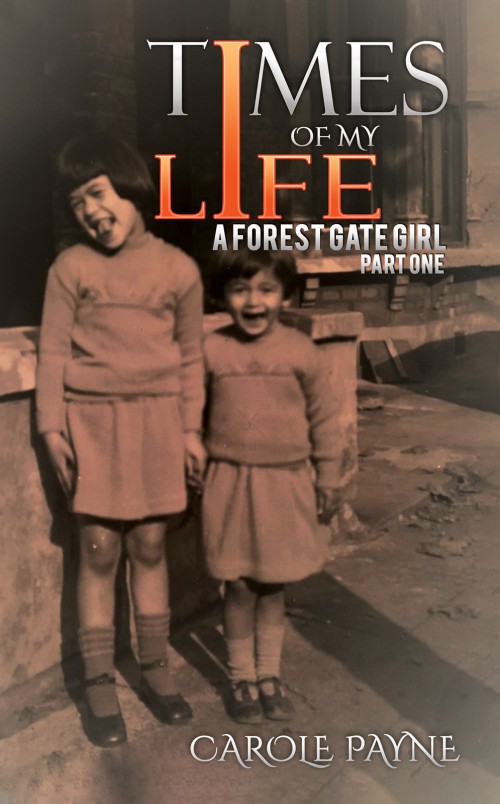Times were hard in the 1940s and early '50s: kids went hungry and food was rationed; some families had to beg, steal or borrow to survive. But Charlie found his own way out. On a routine basis, together with his childhood gang, they became kid grafters (bang into crime). They did what they had to do, providing food to put on their family's table amongst other things.
In 1953, aged 13, Charlie and his gang were always bunking off school. He went on to make further progress with his life. With his baby face and dressed as an office boy in a blazer, shirt, and tie, he was darting in and out of buildings in the city centre of Liverpool, buildings which provided rich pickings as he raided their cash drawers and safes.
Charlie meets his mentor: an older woman, who was a professional in the business. She teaches him how to rob high-class jewellers of their expensive diamond rings: a well planned-out scene which is typical of the classic, highly rewarding cases of jewellery robberies of the time.
Here's what Charlie has to say about his younger self: 'In 1954 and at the age of fourteen, I was earning more money than a professional adult. I was the richest poor teenager in Liverpool.'

